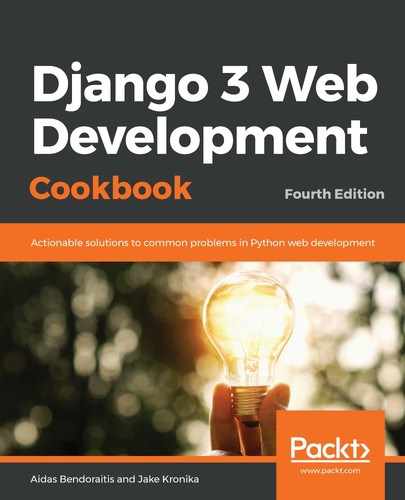In this chapter, we will see a few valuable practices to follow when starting a new project with Django 3.0 using Python 3. We have picked the most useful ways to deal with scalable project layout, settings, and configurations, whether using virtualenv or Docker to manage your project.
We are assuming that you are already familiar with the basics of Django, Git version control, MySQL as well as PostgreSQL databases, and command-line usage. We also assume that you are using a Unix-based operating system, such as macOS or Linux. It makes more sense to develop with Django on Unix-based platforms as the Django websites will most likely be published on a Linux server, meaning that you can establish routines that work in the same way, whether you're developing or deploying. If you are locally working with Django on Windows, the routines are similar; however, they are not always the same.
Using Docker for your development environment, regardless of your local platform, can improve the portability of your applications through deployment since the environment within the Docker container can be matched precisely to that of your deployment server. We should also mention that for the recipes in this chapter, we are assuming that you have the appropriate version control system and database server already installed on your local machine, whether you are developing with Docker or not.
